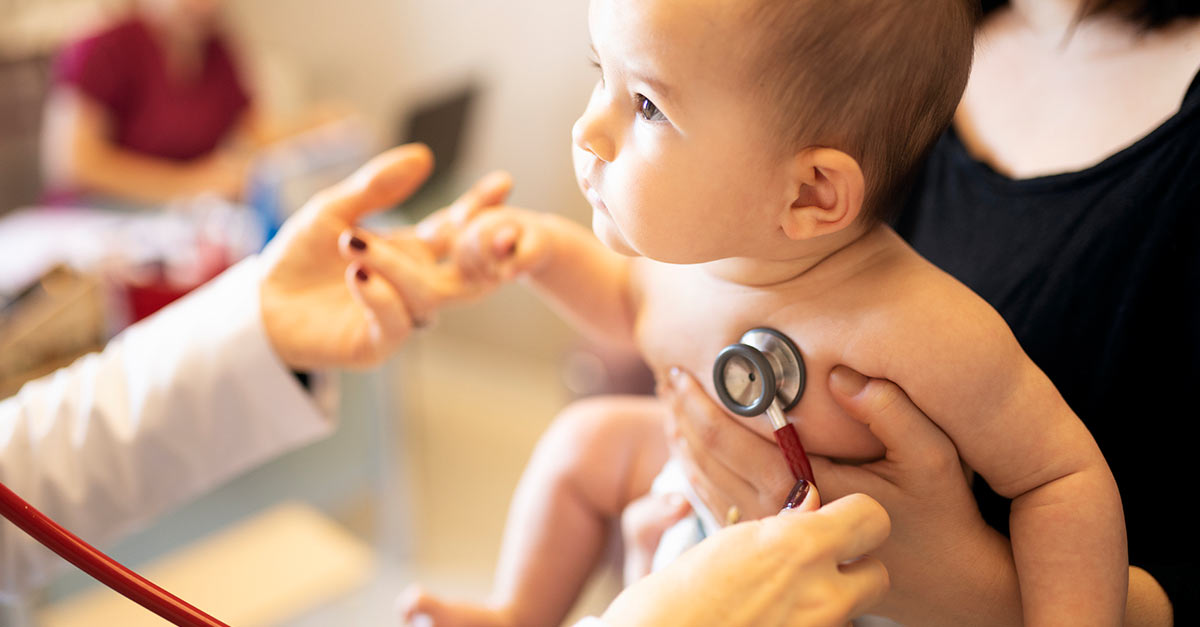New Tool Shows Promise in Early Cerebral Palsy Detection

A study led by researchers in Canada and published in JAMA Pediatrics in January 2023 found that a new bedside tool could radically improve early detection of cerebral palsy in newborns.
Currently, one of the main clinical signs doctors look for to detect cerebral palsy is encephalopathy, a term that describes brain disease, damage, or malfunction.
The new bedside tool tested in the study, which considers a total of 12 risk factors, identified more than twice as many children with cerebral palsy than the usual method of looking for signs of encephalopathy alone.
Even though one test cannot perfectly predict every child’s development, it could have a critical impact on cerebral palsy treatment and therapy outcomes in the years to come.
How Early Can Cerebral Palsy Be Detected?
Cerebral palsy is a collection of movement disorders caused by damage to the fetal or newborn brain. It leads to permanently impaired motor development.
Cerebral palsy impacts 1 to 4 out of 1,000 newborns every year. However, an official cerebral palsy diagnosis may not be made until months or even years after birth because of how gradually symptoms appear.
Common symptoms of cerebral palsy include:
- Delayed motor development
- Difficulty speaking
- Sensory impairments
- Tremors or spastic muscle movement
Unfortunately, parents may not realize their seemingly healthy child is at risk of cerebral palsy until they begin to notice that they have not met typical developmental milestones.
Researchers involved in the study explained that, “Infants considered at risk are typically graduates of the neonatal intensive care unit who were born premature, had neonatal encephalopathy, or neurological risk factors, such as birth defects or growth abnormalities; however, approximately 50% of children diagnosed with CP do not have these risk factors.”
As a result, the researchers felt it was important to expand the clinical predictors of cerebral palsy to include additional risk factors present during fetal development as well as during potentially traumatic deliveries.
Some of the new predictors for cerebral palsy included in the study were:
- Number of previous pregnancies
- Preeclampsia or high blood pressure during pregnancy
- Tobacco or drug use during pregnancy
- Weight of the baby at birth
By monitoring these predictors, doctors may be able to identify more infants at risk of cerebral palsy. They are not definitive predictors. Instead, they are used as tools and risk factors to be mindful of.
How Early Detection and Intervention Can Improve a Cerebral Palsy Prognosis
With earlier detection of cerebral palsy, treatment therapies may have better outcomes, allowing children to adapt to — and even thrive with – their disability.
While treatment cannot cure cerebral palsy, it can help improve symptoms and motor skills, especially when started early.
Common treatment therapies for cerebral palsy include:
- Medication to ease seizures or muscle spasms
- Mobility aids to provide independence and improved quality of life
- Physical therapy to improve muscle movement and reduce pain
- Speech therapy to help with communication
Many children diagnosed with cerebral palsy continue to live wonderful, fulfilling lives thanks to these treatments. In fact, treatment is the best way to improve a child’s long-term outlook with this condition, also known as their cerebral palsy prognosis.
Resources for Cerebral Palsy Treatment
A cerebral palsy diagnosis can be stressful and confusing for parents. It is particularly challenging for families with children who, in addition to cerebral palsy, have been diagnosed with other co-existing conditions, such as attention deficit hyperactivity disorder (ADHD), autism, and epilepsy.
Parents may be able to access various support resources and even financial support for their child’s treatment.
Thankfully, you do not have to sift through all of these resources alone.
Contact our team of advocates today or download our free Cerebral Palsy Guide to get started.
